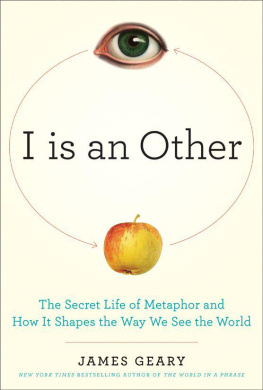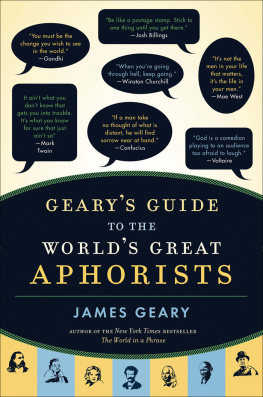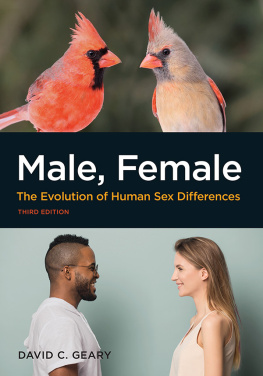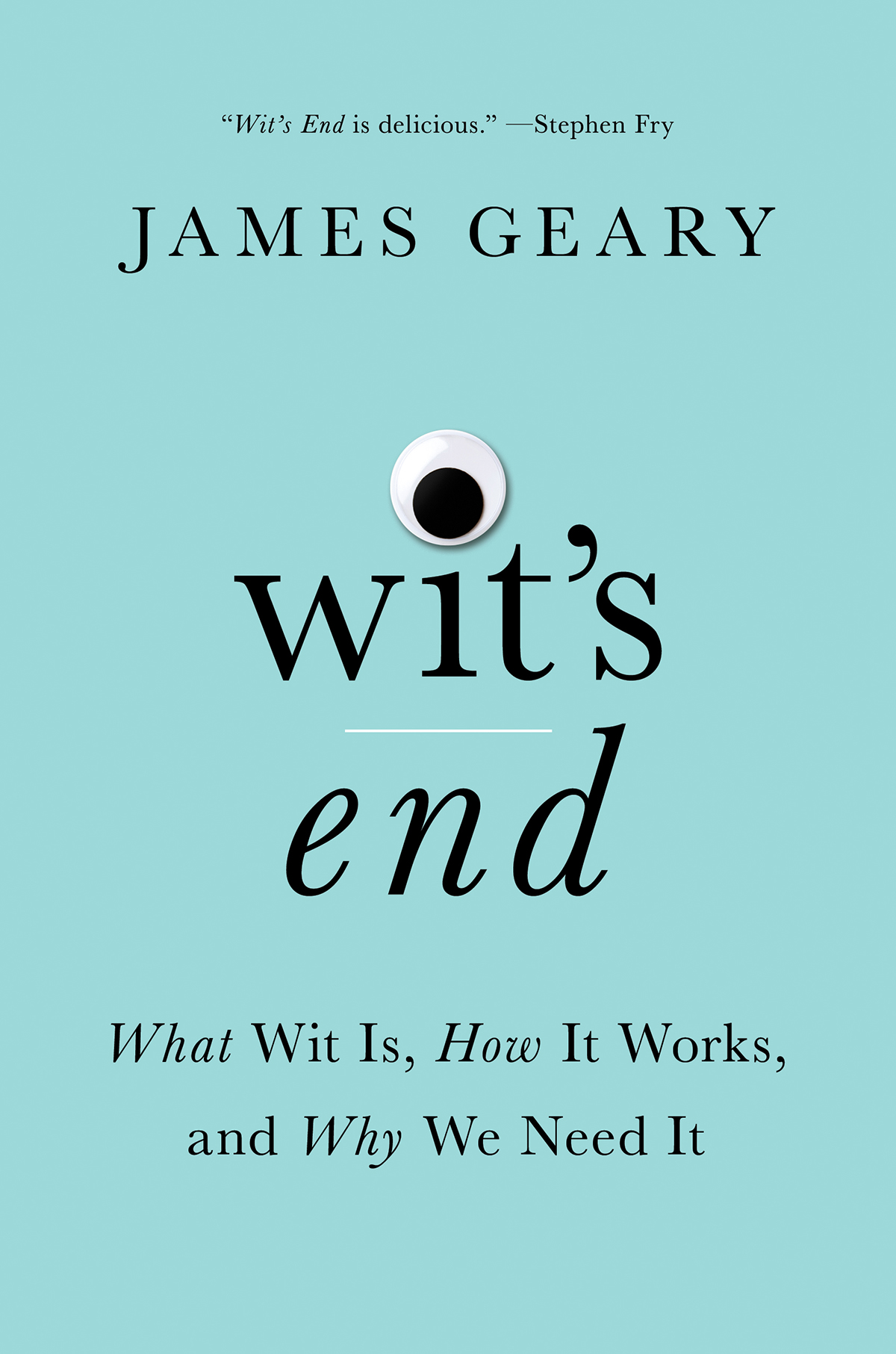Contents
Guide
Page List
ALSO BY JAMES GEARY
I Is an Other: The Secret Life of Metaphor and How It Shapes the Way We See the World
Gearys Guide to the Worlds Great Aphorists
The World in a Phrase:
A Brief History of the Aphorism
The Body Electric:
An Anatomy of the New Bionic Senses
JAMES GEARY

Wits End

WHAT WIT IS, HOW IT WORKS, AND WHY WE NEED IT

W. W. NORTON & COMPANY
Independent Publishers Since 1923
New York | London
.
BRITISH QUARTERLY REVIEW, 1872
CONTENTS

Wits End
,
What oft was thought, but neer so well expressd;
Something, whose truth convincd at sight we find,
That gives us back the image of our mind.
ALEXANDER POPE
Being the structure and argument of this book,
penned in the heroic couplets
of Alexander Pope
In seeking Wit, lost image of the mind,
Hoping there something of our Selves to find,
For what better guide could an author hope
Than the Wit of Twickenham, Alex Pope?
Popes darts and barbs are still invaluable,
His definitions still infallible:
Wit thinks at once in poetry and prose
What few say well but everybody knows.
Yet how in putting Wit under the knife
Not talk it to death but bring it to life?
Sad is any anatomy of Wit
When the subject itself expires of it.
Of the solution let there be no doubt:
Strive to make this book what it is about;
Each theme matched to the style in which its writ,
Thus to show, not tell, the story of Wit.
So each chapter starts with indication
From whither I drew my inspiration,
While detailed sources are kept careful track
In the extensive footnotes at the back.
We begin, before all is said and done,
With true Wits lowly highest form, the pun,
Which showing word and world as intertwined
Is fertile .
The science of word play is then explored,
Wherein wits wield their tongues like sharpened swords.
To devise bon mots readers are inspired,
Although some assembly may be required.
We celebrate the power of the brain
To insult, enlighten, and entertain,
Through the rhetoric of jive, jazz, and rap
To beguile, to persuade, and cut the crap.
We next conduct the mind to turning words,
Sayings that from fixed courses cause a swerve,
Which leads through spins, twists, and misdirection
To unfathomed depths of introspection.
Of worldly wiles there is no full picture
Without Wits hero-villain: the Trickster,
Who, using guile, cunning, and perfidy,
Slyly triumphs over adversity.
Habit, cruel enemy of invention,
Now lays claim to our complete attention;
That blindness produced when we see by rote,
For which only Wit holds the antidote.
For progress, in the arts or sciences,
Requires seeing through narrow biases,
And creativity so oft depends
On the ingenious use of odds and ends.
Then on, round the world and through the ages,
To the Wit of jesters, fools, and sages;
Those who, in deeds cool and words laconic,
In the tragic discover the comic.
Be like the clown wry, like the serpent wise;
She who is most amused is most alive.
Of all fortune stripped, of all hope bereft,
He tends to end best who begins in jest.
And so, by playful peregrination,
We come, at last, to our destination:
The point at which heart and mind were parted,
The garden path where it all got started.
Wit bids us not see false but face to face,
To fold this ruptured world in one embrace,
To cry if we must, to laugh when we can,
If just to find the way from God to man.
.
SAMUEL BECKETT
In which the author argues that puns are not
wits lowest form but its highest expression
O NCE UPON A time, in 382 CE, to be exact, Eve bit into an apple.
Seeing it was good, she offered the apple to Adam, and he also took a bite. Whereupon Adam and Eves eyes were opened, and they realized they were naked. Ashamed at having broken Gods sole commandment not to eat of the Tree of the Knowledge of Good and Evil, Adam and Eve hid themselves when He came walking in the garden.
And the rest, of course, is history.
God in His wrath decreed that henceforth man must earn his daily bread by working the earth and woman must suffer agony in childbirth. As a final punishment, He cast Eve and Adam forever out of Eden.
Prior to the fourth century, however, no one knew exactly which forbidden fruit Eve and Adam ate. Genesis records only that the Tree of the Knowledge of Good and Evil was off-limits; it does not specify what edible flower that tree produced.
Apples appeared in 382 because thats when Pope Damasus I asked Saint Jerome to translate the Old Latin Bible into the simpler Latin Vulgate, which became the definitive edition of the text for the next thousand years. In the Vulgate, the adjectival form of evil, malus, is malum, which also happens to be the word for apple. The similarity between malum (evil) and malum (apple) prompted Saint Jerome to pick that word to describe what Eve and Adam ate, thereby ushering sin into the world.
The truth is, though, the apple is innocent, and this unjustly maligned fruits association with original sin comes down to nothing more than a pun.
Puns straddle that happy fault where sound and sense collide, where surface similarities of spelling or pronunciation meet above conflicting seams of meaning. By grafting the idea of evil onto the word for apple, Saint Jerome ensured that every time we recall Adam and Eves fateful disobedience in the garden we are reminded of the fruit of a deciduous tree of the rose family.
From the beginning, punning has been considered the lowest form of wit, a painful fall from conversational grace. What other form of speech is so widely reviled that we must immediately apologize for using it? Sorry, no pun intended.
But puns do not deserve such a bitter appellation. Despite its bad reputation, punning is, in fact, among the highest displays of wit. Indeed, puns point to the essence of all true witthe ability to hold in the mind two different ideas about the same thing at the same time. And the puns primacy is demonstrated by its strategic use in the oldest sacred stories, texts, and myths.
The Bible is replete with puns, even without Saint Jeromes help. God fashioned Adam from adamah, Biblical Hebrew for earth. Eves ancient Hebrew name is Havvah, derived from ahavvah, which means longing or love but is also related to the words for craving, mischief, and calamity. Punning was even present at the foundation of the Christian faith itself, when Jesus famously said he intended to build his church upon Peter, whose name in Aramaic and in Greek means rock.















